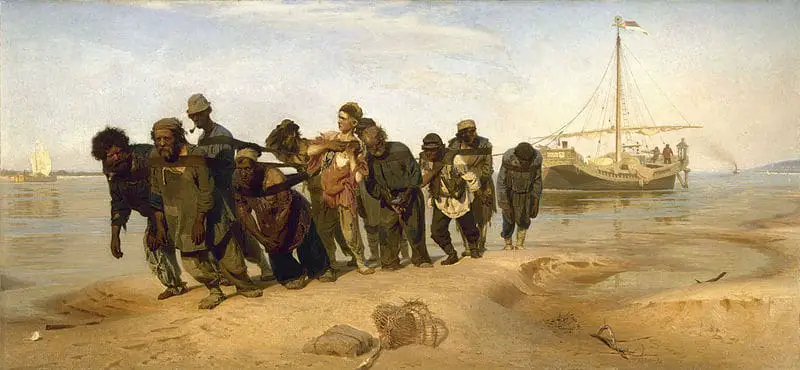Ilya Repin stands as a giant in the history of Russian art. This biography explores his life, remarkable career, and his currently legacy. We’ll highlight his artistic evolution and the movements he shaped. We’ll also discuss some of Repin’s most acclaimed works and his time spent with other artistic luminaries such as Leo Tolstoy. Finally, we’ll discover the Penates Ilya Repin Memorial Museum, offering a glimpse into his life and creative space and his preserved former estate, now a house museum dedicated to him.
The Life and Works of Ilya Repin
By Taryn Jones
Ilya Yefimovich Repin is “widely, and rightly, acknowledged as the preeminent exponent of critical realism in nineteenth-century Russian art” and was often styled under the Soviet regime as an “ethical painter.” Others have called him a “pivotal figure in…Russian realism,” and during his lifetime, Repin was witness to key moments in the history of Russian art. Upon his death in 1930 at his estate in what is now known as Repino, the New York Times lauded him as “the greatest genre and portrait painter that Russia ever produced,” and went on to state that his art was “the soul of Russia.” He flirted with several different art movements during his career, and was generally receptive to both foreign and domestic artistic trends. During his career, Repin sketched such cultural luminaries as composers Rimsky-Korsakov, Mussorgsky, Borodin and Glinka, and was friends with artists Valentin Serov, Mikhail Vrubel, Vasily Surikov and Ivan Kramskoy.
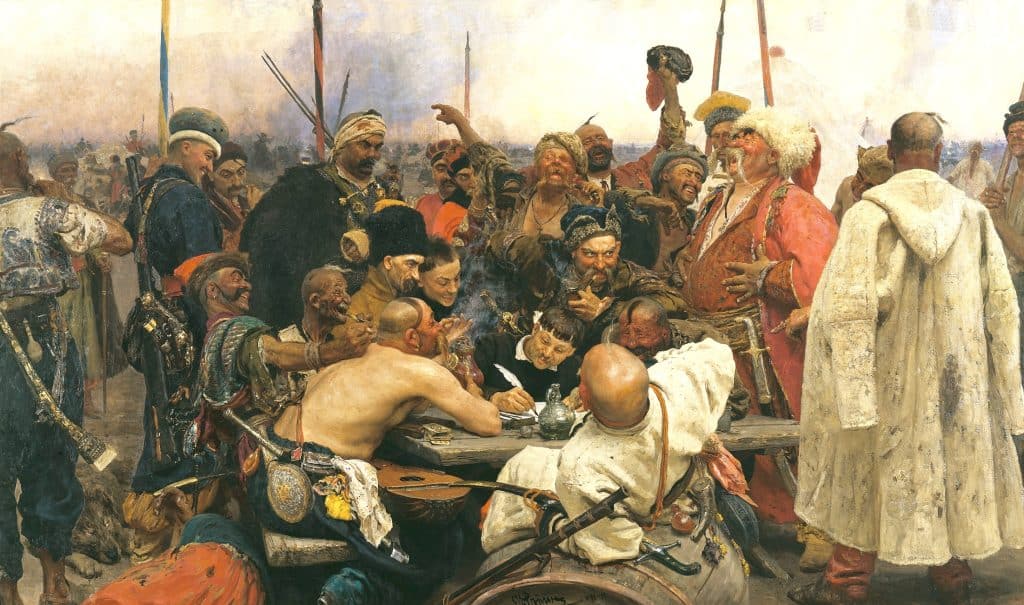
Repin was born in the Ukrainian town of Chuguev, near Kharkov, on August 5 (July 24, o.s.), 1844. He was born into a poor family, as both of his parents came from Russian military settlers in the area. This awareness of coming from a lower class was to influence his later works. It also likely contributed to his posthumous popularity with the Soviet regime. Born into an ethnically Russian family in what was then known as “Little Russia,” his first experiences were those of being “the other,” which influenced his later works. Repin began painting as early as 1858, learning the trade of icon painting from the talented master I.M. Bunakov after having studied as a child at the School for Military Topography. At the young age of 15, Repin’s talent had burgeoned, and he began working as his own master selling his own religious pieces. At 17, he joined a traveling artel that redesigned iconostases. In 1864 at the age of 19, Repin succeeded in being accepted to the prestigious Academy of Art in the Imperial capital of Saint Petersburg after having developed his skills working with Ivan Kramskoy, a rebellious young artist who was to be key in forming the Peredvizhniki, or Wanderers, movement.
Repin’s arrival in the Imperial capital in 1864 coincided with the so-called “Riot of the Fourteen,” during which fourteen students of the Imperial Academy of Arts broke with tradition by refusing to follow and respect convention by painting mythological and neo-classical works. They argued that art should better represent real life and be more accessible to the general populous. Bearing striking similarities to the motivating principles behind the birth of the almost simultaneous movement of Impressionism in France, the ‘rioters’ went on to found the Wanderers art movement.
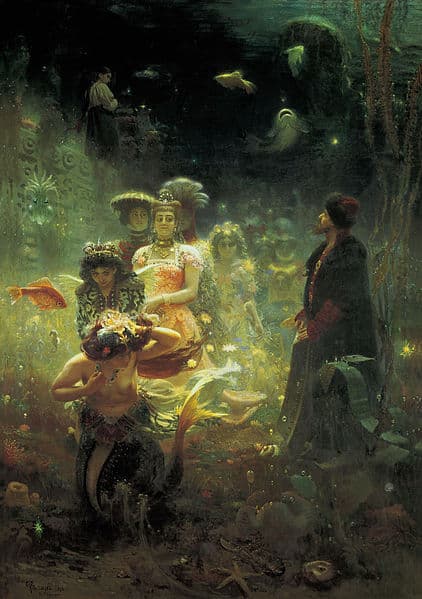
Repin worked closely with several of the Wanderers throughout his artistic career and in 1870 he joined their “Association of Traveling Art Exhibits.” It was Repin’s monumental eleven-year work “Reply of the Zaporozhian Cossacks” that vaulted the Wanderers from rebellious art students on the outskirts of artistic society to a legitimate art movement, as Tsar Alexander III purchased the painting upon its completion in 1891 for thirty five thousand rubles. The painting precisely adhered to the principles of the Wanderers movement, representing scenes from history rather than simple neo-classical themes. It has been said to be a study in laughter. Following the sale, the Wanderers were invited into official circles. This painting also marked Repin’s entry into the Academy of Arts as a teacher, as Tsar Alexander III invited him to reform the Academy. During his time as a teacher, he reformed the teaching methods from schematic training to something more radical.
In 1871, the Academy awarded Repin a scholarship to fund his travels abroad. In 1873 he journeyed to both Italy and France, settling in Paris to work until 1876. During this time, he attended early Impressionist exhibits and completed several paintings, including “Sadko in an Underwater Kingdom.” Based on a traditional Russian fairy tale, Repin actually considered the painting to be a failure. However, his time in France was to heavily influence his subsequent work. Kramskoy had initially advised Repin to “concern himself with France’s ‘great past,’” but Repin found himself more drawn to France’s contemporary works, writing to Kramskoy that he “admire[d] all the expressionists, who [were] gaining increased recognition [in France].” Repin’s seems to have been transfixed more by the struggles of the French Impressionists, which mirrored those of the Wanderers back in Russia, than by any of their actual works. This instrumental time in France led to increased tensions between Repin and Kramskoy, and Repin ultimately broke with his friend and mentor and, in the 1890s, gravitated towards the World of Art movement.
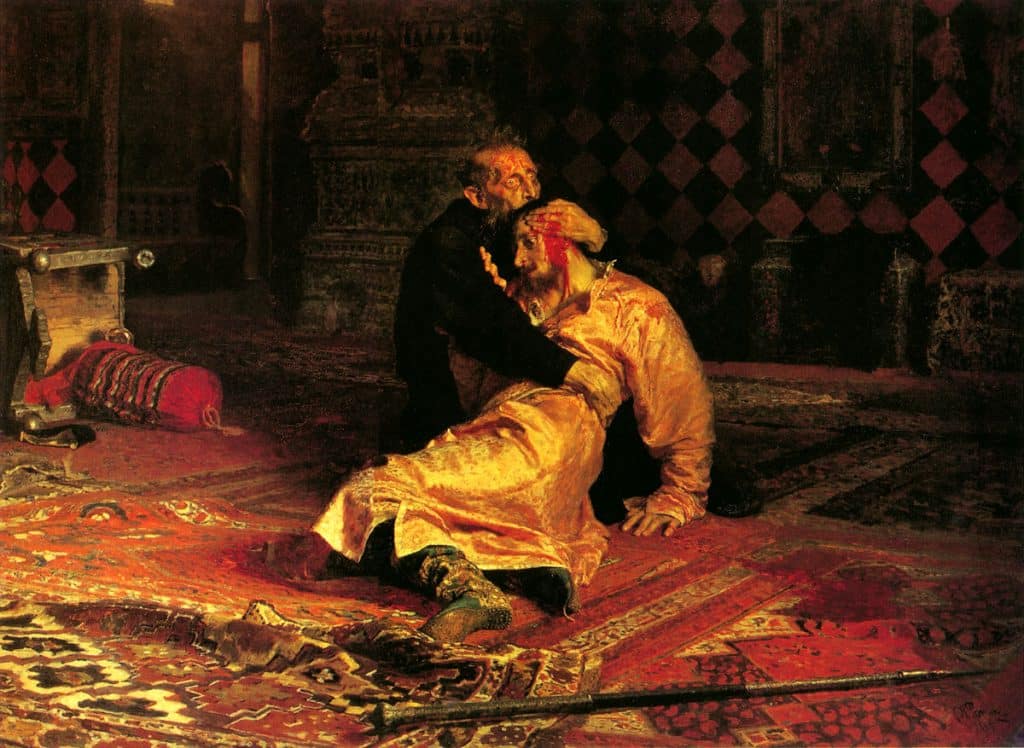
Founded by Sergei Diaghilev, who is perhaps better known outside of Russia as the founder of the Ballets Russes company, the World of Art believed in ‘art for art’s sake,’ and attracted such artists as Mikhail Vrubel, Mikhail Nesterov and Isaac Levitan. Repin began a collaboration with the nascent movement, believing that Russia’s artistic future lay “in opening doors to Western trends.” He advocated for cooperation between Russian and Western art, and perhaps hoped to end Russia’s artistic isolation. Kramskoy grew increasingly annoyed with what he saw to be Repin’s tendency towards working in an international style, yet author Ivan Turgenev felt Repin had not embraced the European style enough. However, by 1900, Repin had broken ties with Diaghilev and the World of Art, criticizing its perceived decadence and what he saw as Diaghilev’s intolerance for the Wanderers. In retort, Diaghilev and World of Art’s supporters derided Repin for opposing the creed of art for art’s sake.
In the early years of the twentieth century, Repin moved north of Saint Petersburg to Penaty, his home in what was then the settlement of Kuokkala in the Grand Duchy of Finland. Following Bloody Sunday in 1905, Repin refused to resign from the Academy of Art, and continued teaching there until 1907. In 1911, he delivered the principle address at the All-Russian Congress of Artists, speaking on the subject of artistic freedoms. Sadly, Repin’s work began to deteriorate after 1905, perhaps due to his shriveling right hand. After the Bolshevik Revolution in 1917, Repin found that his land at Penaty now formed part of the independent state of Finland, and despite invitations from the Soviet government to return to Russia, Repin never did so. He died at Penaty in modern-day Repino on September 29, 1930. During his last decade, Repin’s daughter Vera helped him to organize shows in the West, and his last great piece, Golgotha, was painted 9 years previously in 1921.
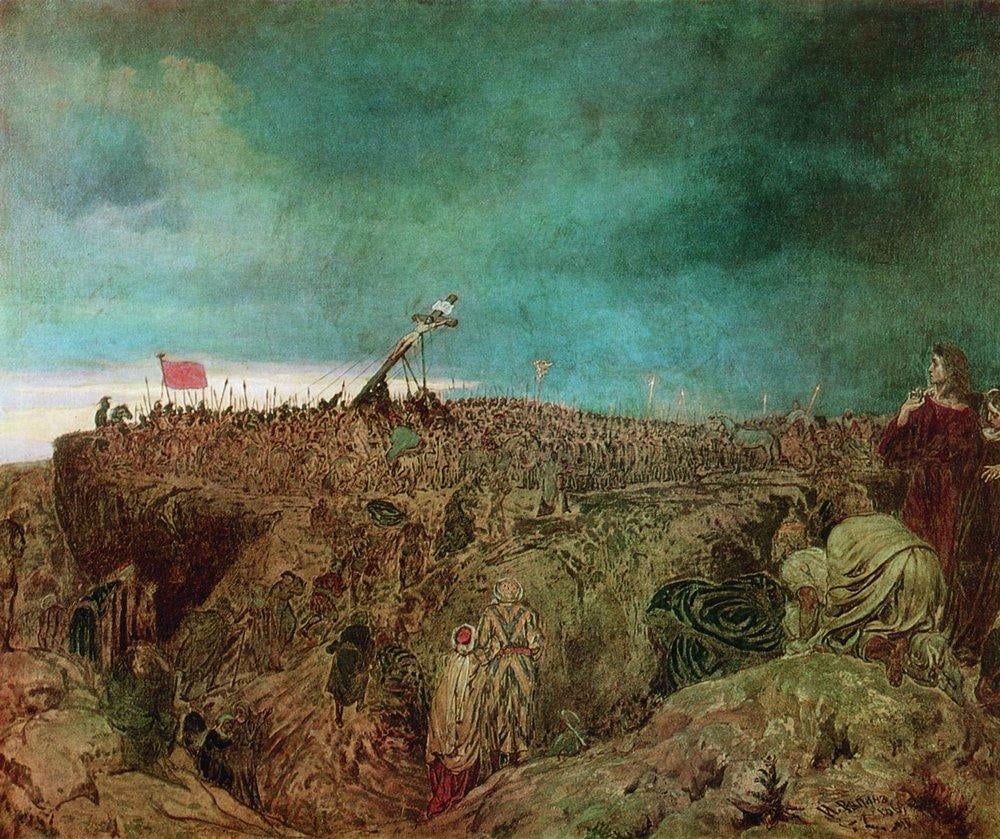
Despite having died in relative obscurity, by 1934, a mere four years after his death, the Soviet regime had coopted his work and lauded him as a model artist for Socialist Realism, citing his 1873 work “Volga Bargemen” as both starkly realistic and socially critical. He was seen both as a hero of Realism and an “ethical painter.”
During his lifetime, Repin was involved with several key art movements that were to shape Russian art history. Many have inferred a predisposition in his personality towards radical causes. His involvement in exhibitions included participation in the first Exhibition of Sketches and Artistic Experiments, a then-radical artistic exhibition. In 1913, he worked to establish the Free Art Studios, the first of its kind in Saint Petersburg. His works dating from the 1880s, shortly after the assassination of Tsar Alexander II, express themes of revolution and repentance, both of which can be seen in Ivan the Terrible and His Son Ivan (1885) and They Did Not Expect Him (1884-1888).
Visiting The Penates Ilya Repin Memorial Museum (2013)
By Kristin Torres
Works of Ilya Yefimovich Repin can be found in St. Petersburg at the Russian Museum, including his famous portraits of Lev Tolstoy. Reproductions of his paintings can be found in art stores across the city, and postcards bearing one of his works can be purchased in souvenir shops for only a few rubles. But not too far outside the city, about 40 kilometers north of Petersburg, near the Gulf of Finland, Repin’s former estate still stands. This is where the famed artist and sculptor lived for more than 30 years. Today, it is both a museum and a memorial.
Located in a small, aptly named village called Repino, this estate is called “Penaty,” or Penates in English (Penates are gods of the household in ancient Roman religion.) Repin, born in August 1844 and who died at the age of 86 in September 1930, requested to be buried here, thus the memorial aspect of this museum.
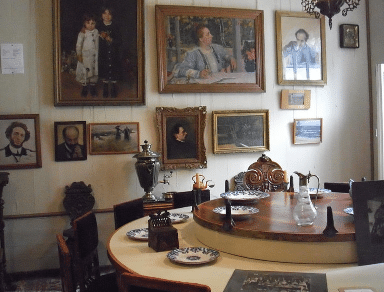
At the time of Repin’s initial occupation of the estate, the territory on which it is located was still part of Russia. In 1918, it became part of Finland, making Repin a resident of Finland and restricting him from traveling to his own home country. The territory, known as Kuokkala under Finish rule, in 1939 again became part of the Soviet Union during what was known as “The Continuation War,” fought with Finland during World War II. A year later in 1940 (and 10 years after Repin’s death), the estate became officially open to the public as a memorial-museum to the artist.
Though not far from the city of St. Petersburg on the map, the estate is located what seems like worlds away from civilization. It is surrounded by a lush green forest with a small river running through it.
Active in Petersburg artistic and social circles, and even holding a post in the city as a professor at the Imperial Academy of Arts, Repin made use of this quieter estate outside the city as a place to reflect and work in a more peaceful location.
Around 100 of Repin’s works are on display at Penates, from completed paintings to drawings and sketches. A visit to this site is a uniquely interesting way to become better acquainted with the artist’s works, as visitors can see inside Repin’s workshop, office, and even dining room – offering a closer look into his life and works outside the context of a traditional art museum.
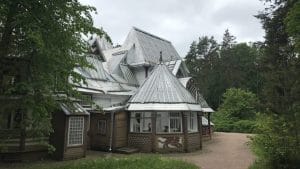
Now under the governance of the Russian Academy of Arts, the estate is carefully preserved to look as it did in Repin’s time. Part of the estate suffered damage after German occupation during World War II, meaning much of it had to be restored and recreated, a process that took some 22 years. It was reopened in 1962. Visitors can still get a good idea of what it looked like in Repin’s time, as well as see many salvaged personal belongings and mementos. The museum has carefully preserved these items — from furniture to photographs — giving an eye into his lifestyle and family life. Other items on display are newspaper clippings about Repin or his exhibitions, as well as preserved family recipes and original cookware.
While many of these photos and documents are readily display on walls or in frames, there is also an archive at Penates which includes never-published photos, from a professionally done portraiture of Repin and his wife, Vera Alekseevna Repina, to more candid shots featuring normal life on the estate. Exactly which photos are displayed may be subject to change, as the museum frequently hosts various themed photographic exhibitions culled from the archive.
While the buildings comprising the estate are resemblant of traditional Russian folk architecture, there are a few important modern updates. The roofs of the building are now comprised of metal and glass, allowing natural light into the rooms, a far cry from their original wooden variants. There is also now a lecture hall for academic groups and a souvenir shop.
While it will take perhaps an hour to get here – the opportunity to see the work and living space of this great Russian artist is well worth it to any student interested in art and studying in St. Petersburg – or even just any student wanting to get some fresh air and see the lush green countryside that Russia has to offer!
You’ll Also Love
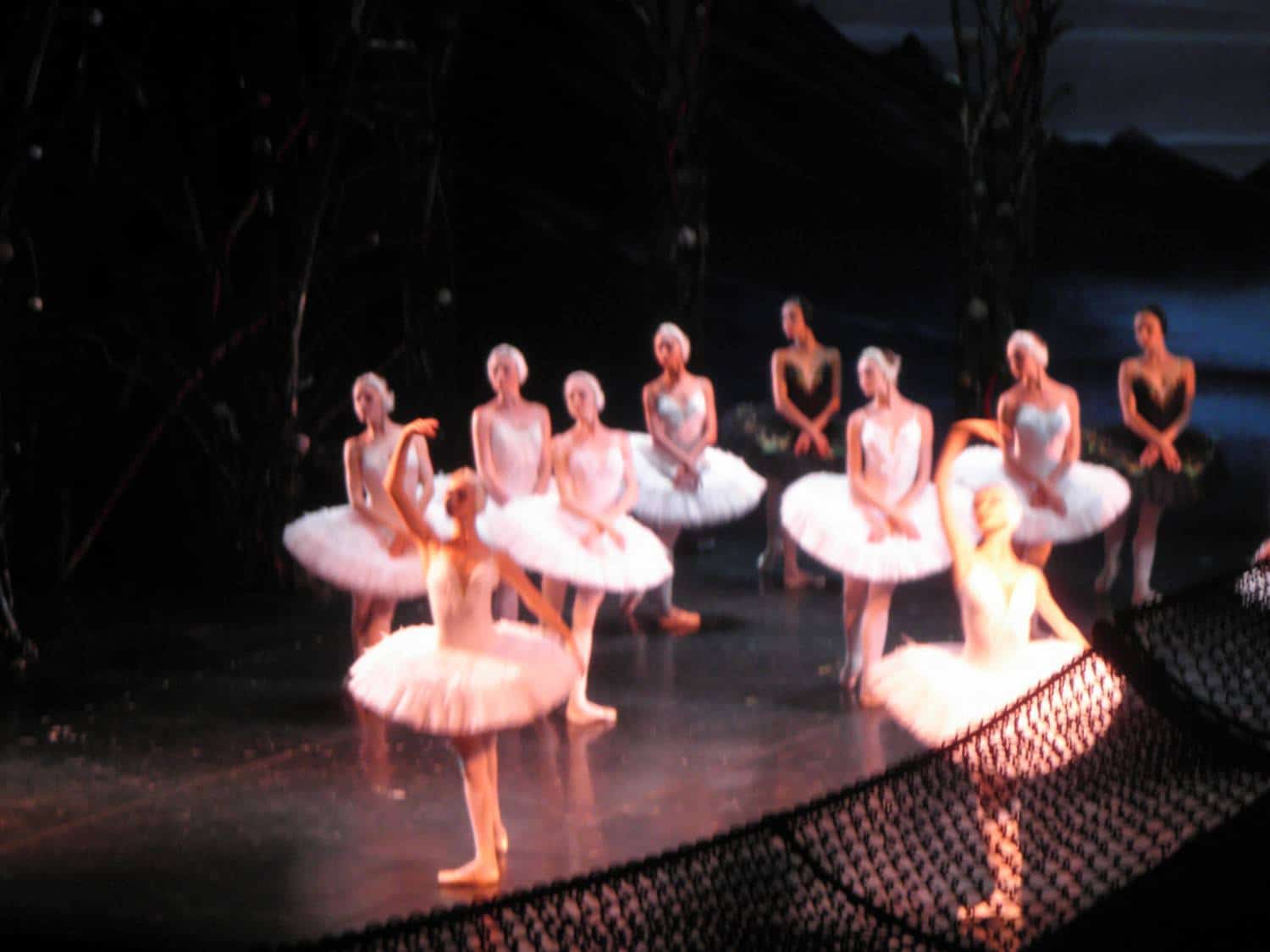
Swan Lake Ballet at the Musical Comedy Theater in St. Petersburg
Ballet stands as one of the most acclaimed forms of Russian high culture, and perhaps no other show best captures this magnificence as Peter Tchaikovsky’s Swan Lake. So when SRAS (the School of Russian and Asian Studies) provided the opportunity to attend a performance at the Musical Comedy Theater, my fellow students and I felt […]
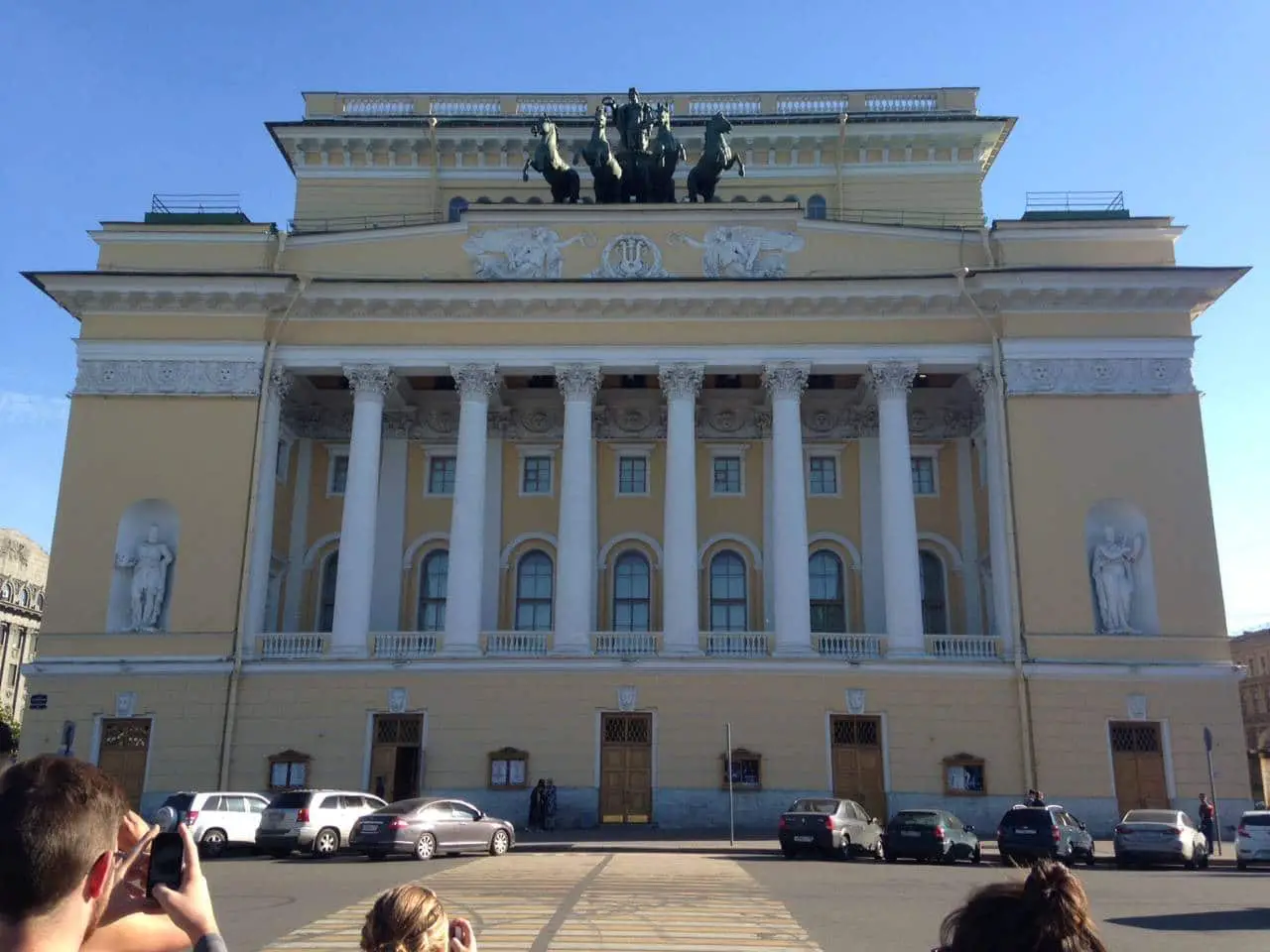
Swan Lake at the Alexandrinsky Theater St. Petersburg
Alexandrinsky Theater / Александринский театр Alexandrinsky.ru Ticket Office: 9:00 – 18:00 Monday through Friday ~1500 rubles per person (for good seats) Swan Lake was not the first ballet I had been to, but it was definitely the best. Before I came to Russia, one of the things that I absolutely had to do was to go […]
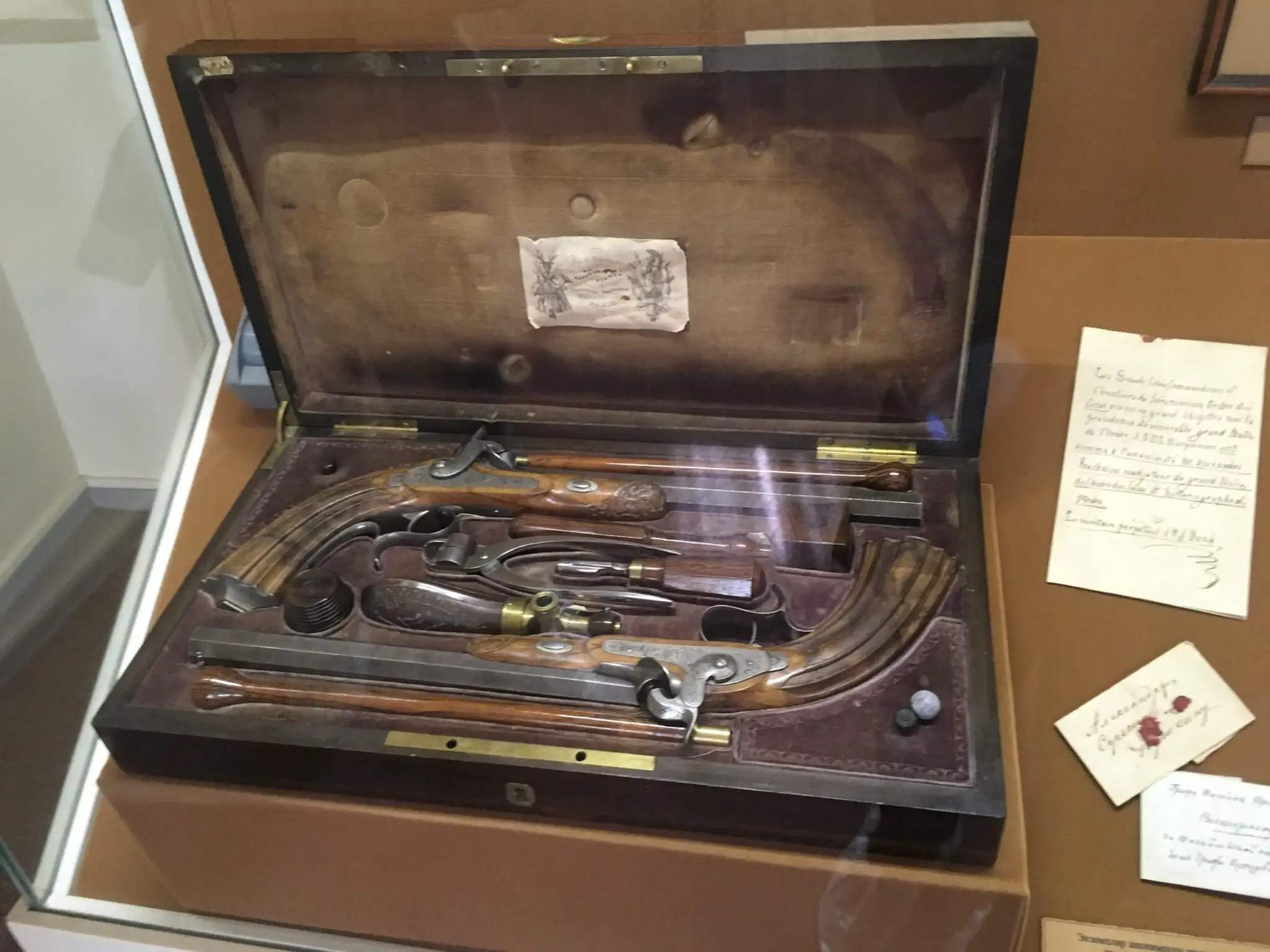
The Alexander Pushkin Museum and Memorial Apartment in St. Petersburg
The Alexander Pushkin Museum and Memorial Apartment in St. Petersburg, Russia, makes, appropriately, a very strong use of narrative. The museum builds the story of Pushkin, his life and writing, all while maintaining a tight focus on the end of his story – a tragic death that, it seems, has never stopped being mourned. The […]
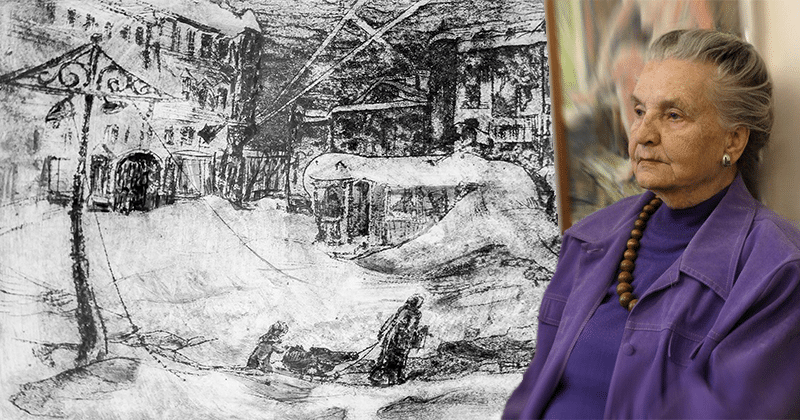
Elena Martilla: Artist of the Blockade
Elena Oskarovna Martilla came of age as an artist during WWII in Leningrad. She created haunting images of the suffering the residents of that blockaded city lived through as well as proud images of their perseverance. Today, she is 98 years old and still producing art. The Russian Museum, one of the St. Petersburg’s largest […]
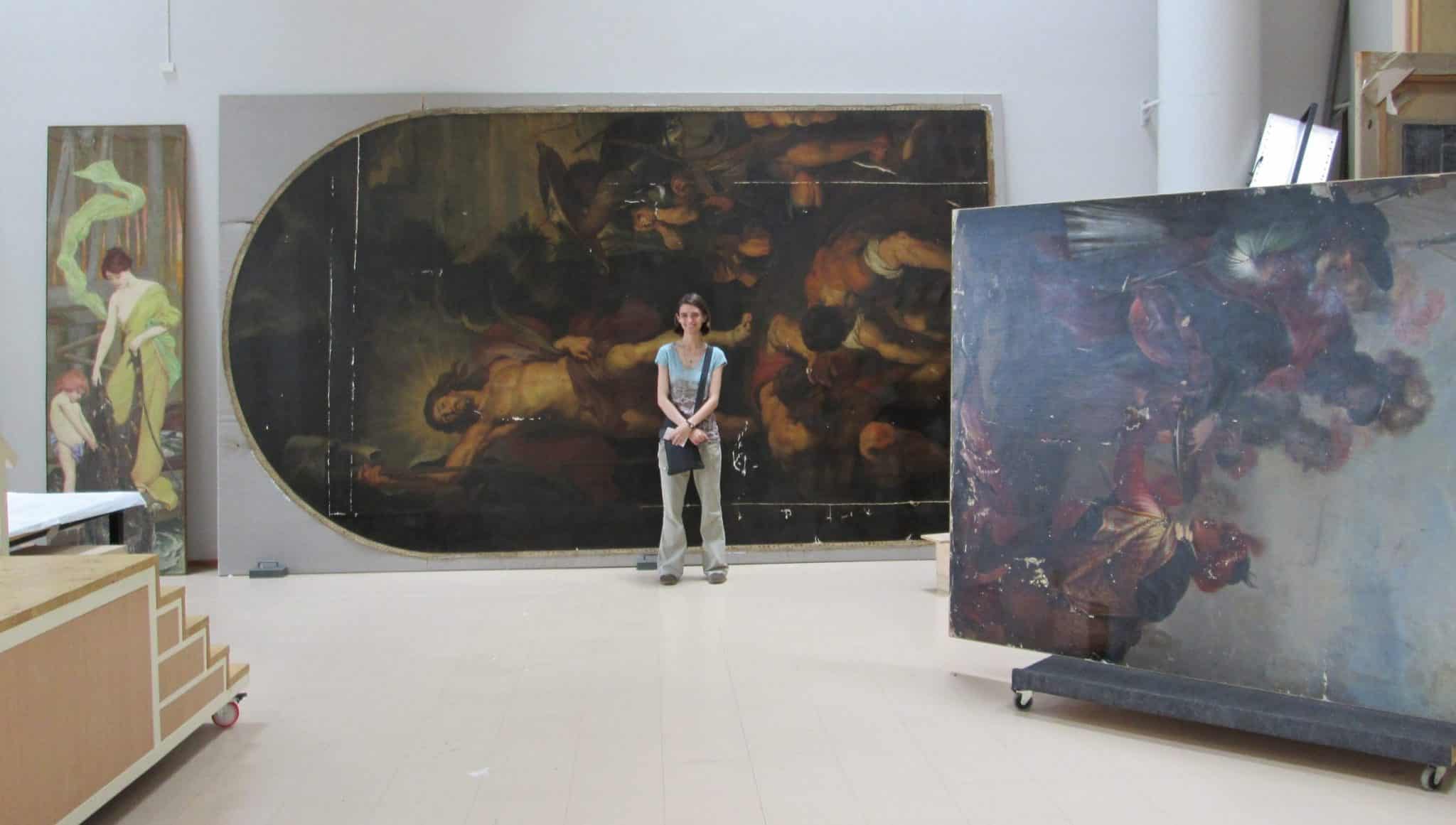
Hermitage Restoration and Storage Centre
Tucked neatly away within Staraya Derevnya just outside the centre of Petersburg sits the Restoration and Storage Centre of the State Hermitage. While it may be only a short metro ride from the bustling Nevsky Prospekt, the Hermitage Storage Building itself is quiet and spacious, entirely free of the crowds that make the main Hermitage […]


